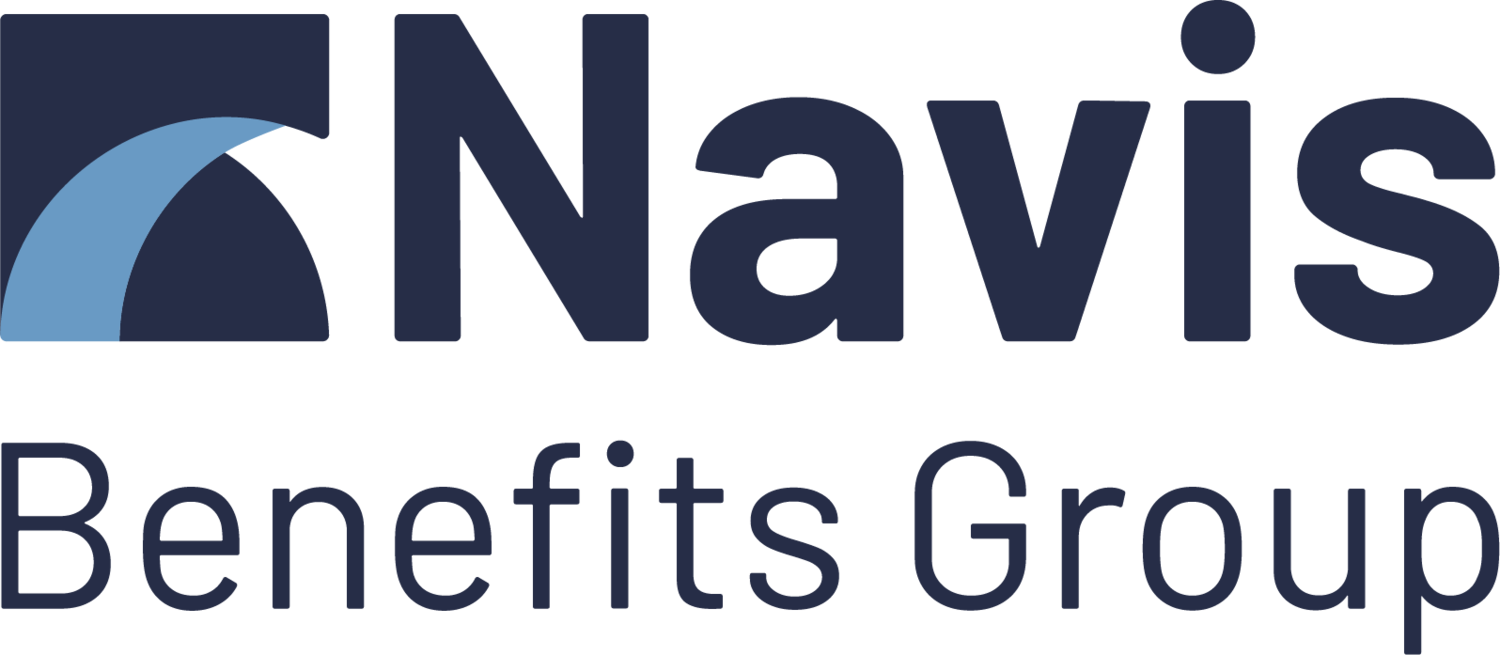The Employee Benefits “New Year’s Resolution”: HR Benefit Priorities
It is “priority” meeting season for human resource professionals; the time of year when HR teams reevaluate their current benefit offerings, enrollment technology platforms, employee communication processes, carrier relationships, and initiatives. Said short: it is time to identify their 2023 HR and Benefit Priorities.
Since medical insurance is a core benefit for every employer, and one of an employer’s biggest expenses, it is no surprise that medical insurance will continue to be a focus in the New Year “priority” conversation.
However, the focus on medical insurance and the status quo with “ancillary benefits” is proving to be a broken solution. Ancillary benefits are most commonly Group LTD, Group STD, Group Life Insurance, Dental and Vision. Overshadowed by the focus on medical insurance, ancillary benefits become stagnant, old, and broken. Plan features and definitions become outdated, growing benefit gaps go unnoticed or unresolved, employee’s knowledge and sincere appreciation of the benefits wither, and employers lose the competitive advantage to attract and retain that they once had with innovative benefits.
Adding salt to the wound: most employers have not seen the rate decrease that they deserve and should expect with ancillary benefits. HR Teams and Employee Benefit Consultants have grown so accustomed to receiving medical insurance premium increases, that a “no change” ancillary benefit renewal is a blessing. It also justifies the rubber stamping of the ancillary benefits, so the conversation can move to the all-important medical insurance.
This is where things go wrong, and the opportunity to design a better benefits program missed by HR Teams and Employee Benefit Consultants. The ancillary renewal goes unchallenged leaving savings on the table. HR Teams and Consultants neglect to benchmark ancillary benefit plans against peers, and gap analyses not performed. Open enrollments with Guarantee Issue not negotiated; low plan participation rates not rectified; and new innovative enrollment and communication tools are not employed.
If given the attention they deserve and with help, HR Teams can update old ancillary plans to a state-of-the art offering, often with savings, plan enhancements, guarantee issue, and an improved enrollment and employee education approach. This helps lay the foundation for a truly competitive benefits program.
With the “gaps” in ancillary coverage identified, “supplemental” or “specialty” benefits can truly help an employer design an employee centric benefit program, which allows the employer to better compete with its peer group for top talent. These benefits include Supplemental Executive Disability Insurance, Voluntary Supplemental Disability Insurance, Voluntary Worksite Benefits, Executive Life, and Long-Term Care coverage. While ancillary benefits provide a great foundation, by design gaps in coverage will remain even after a plan review and update. Supplemental and specialty benefits help fill the remaining gaps and can be employer-paid or voluntary.
An overhauled and updated benefit plan will resonate with employees, when packaged and gift wrapped the right way. A new employee education approach, using state of the art tools; an updated enrollment platform using artificial intelligence to help with the education and decision-making process; and human assistance via face-to-face or virtual benefit counselor support, are ways to appropriately package and gift wrap the new benefit program.
As we begin the New Year and identify our 2023 resolutions, I challenge HR Teams and Employee Benefit Consultants to re-think the attention ancillary and specialty benefits receive this year. Make your 2023 resolution one which will give greater priority to the non-medical benefits and will allow you to truly upgrade your benefit program.
